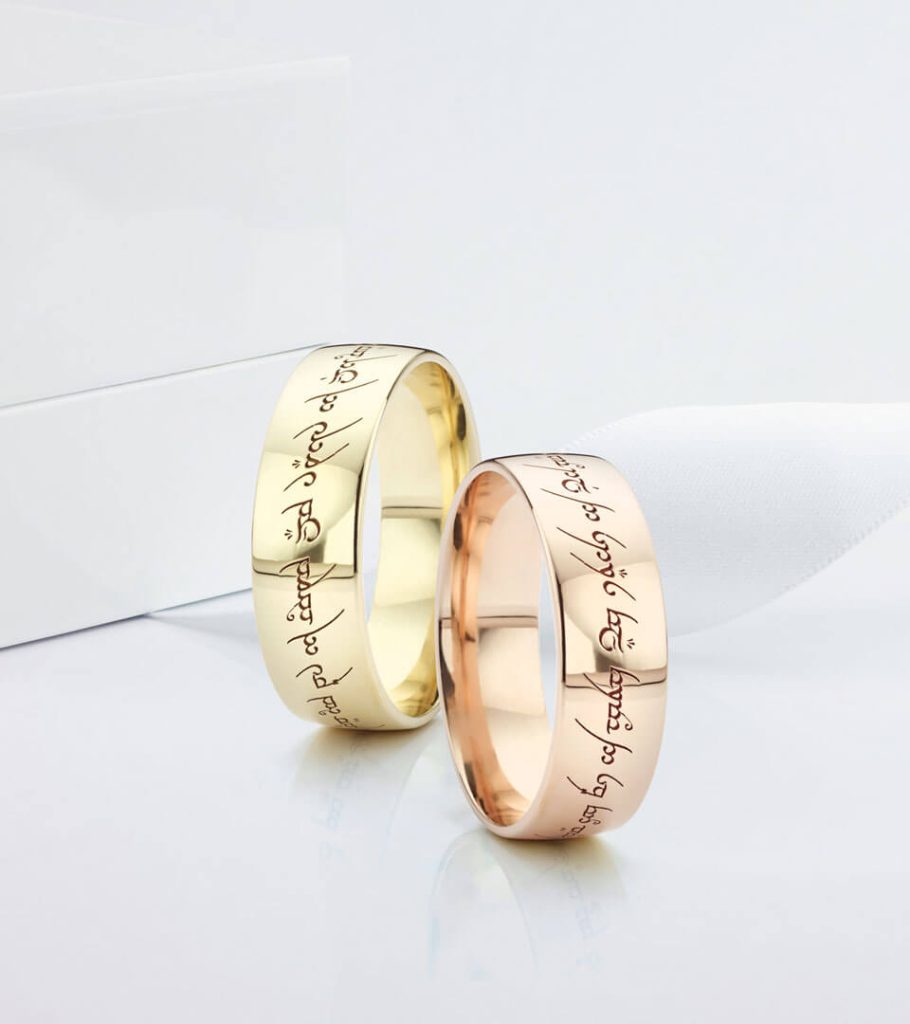When it comes to white jade, several factors can significantly impact its value. Understanding these elements is crucial for both buyers and sellers in the gemstone market.
Firstly, **quality** plays a pivotal role. This encompasses not just the color, but also the texture and any imperfections present. White jade, while less common than green jade, is still highly prized for its clarity and purity. The texture should be smooth and even, with minimal imperfections that could detract from its overall appearance.
Another critical factor is **translucency**. While white jade is often opaque, any degree of translucency can enhance its value. Translucency refers to how much light can pass through the stone, giving it a more vibrant appearance. Even if the jade is not fully translucent, a slight ability to allow light through can make it more desirable.
Lastly, **treatment** is a significant consideration. Many gemstones, including jade, can be treated to enhance their appearance. For white jade, treatments might include dyeing or impregnating the stone with polymers to improve its color or clarity. However, these treatments can significantly reduce the value of the jade. Natural, untreated jade is always more valuable than treated jade because it retains its original characteristics and durability.
In the market, jade is often graded based on these treatments. Grade A jade is untreated or minimally treated with wax, which is considered the highest quality. Grades B and C involve more invasive treatments like bleaching and dyeing, which lower the jade’s value and durability. Therefore, when purchasing white jade, it’s essential to ensure it is natural and untreated to maximize its value.

